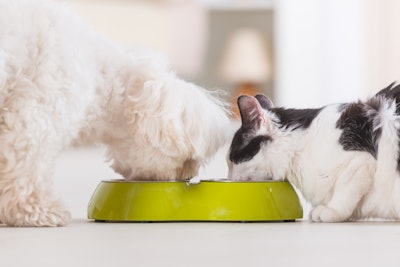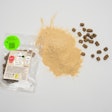
In recent years, the pet food industry has faced challenges with the spread of pathogenic Salmonella and E. coli bacteria in pets. And there have been many pet food recalls issued for these potential contaminations.
In a presentation at Petfood Forum Europe 2024, Aleks Szopinska, senior innovation and NPD manager at Livalta, will delve into the pivotal role yeast may play in safeguarding pets against harmful bacteria and diseases.
New strategies and tools to help support the overall health and wellbeing of pets is a priority to Szopinska and Livalta, AB Agri’s alternative proteins business.
“One approach which is gaining attention is the application of anti-adhesive compounds like yeast to prevent bacteria attachment to the gut wall,” said Szopinska. “Our research aims to better understand this phenomenon and apply the knowledge to further improve the functionality of yeast-based products to deliver our powerful tools to prevent disease in our pets.”
According to Szopinska, the company’s goal is to find proteins that are not only nutritious, but also sustainable and functional like yeast.
Future developments of anti-adhesive compounds
Insights from research could potentially revolutionize pet food formulations, introducing effective preventive measures against bacterial infections, thus advancing overall pet well-being.
But more research is needed.
“It will require more research to establish the link between the structural characteristics of yeast cell components and their biological activity,” said Szopinska. “Further enhancement of yeast functional benefits as anti-adhesive agents will require targeted approaches as modification of cell wall properties by well designed processing steps. Engagement in multidisciplinary research programs will help us to better understand bacteria binding mechanisms and further progress new developments in this domain.”
Contamination issues in pet food
In a review by the Journal of Food Production published in late 2023, it was found that contamination resulted in the most pet food recalls in the last two decades. While Salmonella and melamine-related incidents made up for 48% of all dog and cat product recalls.
Recently, the industry has seen an increase in product recalls related to Salmonella. Among those was the lawsuit against Mid American Pet Food, which alleged a pet owner became sick after feeding the sick dogs.
















